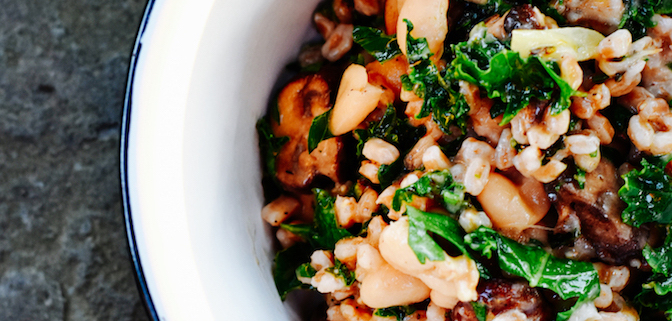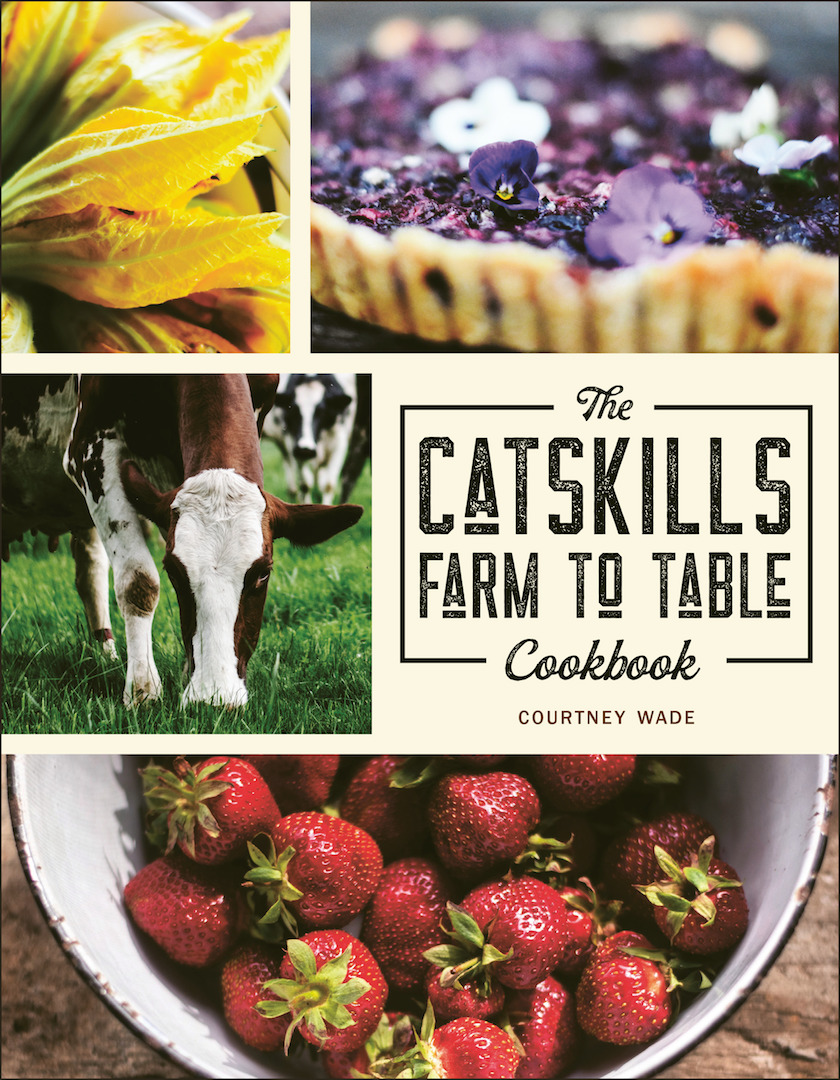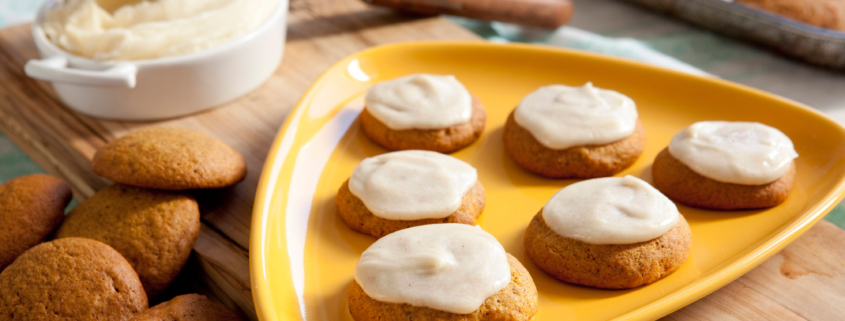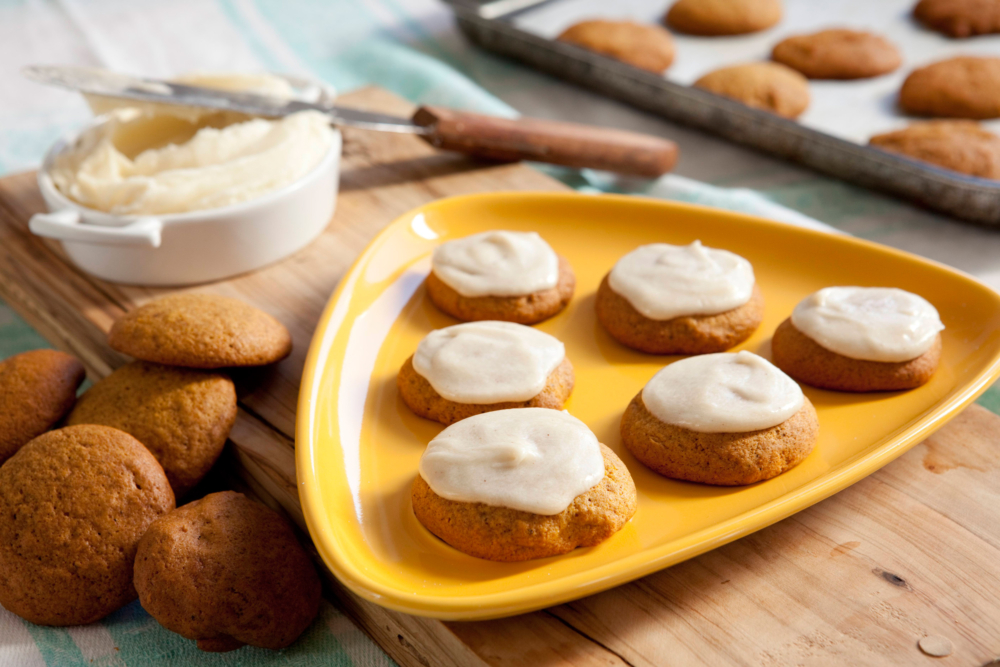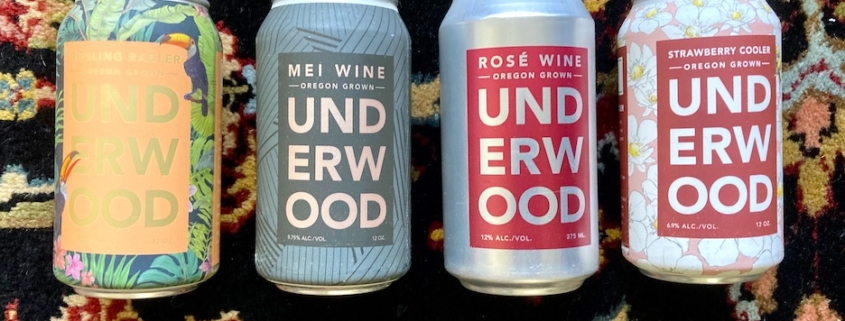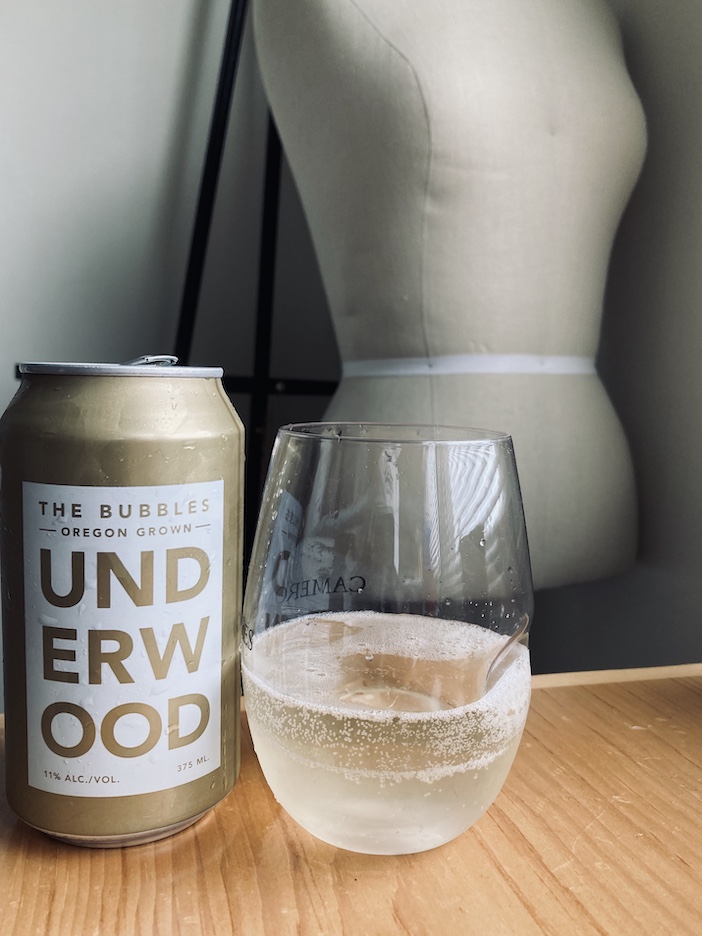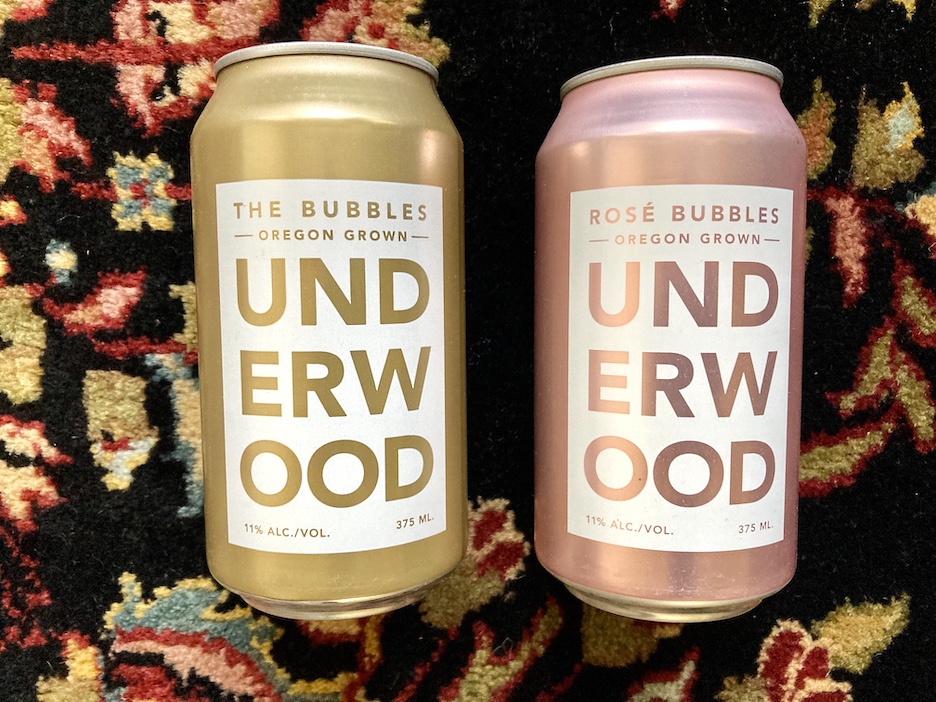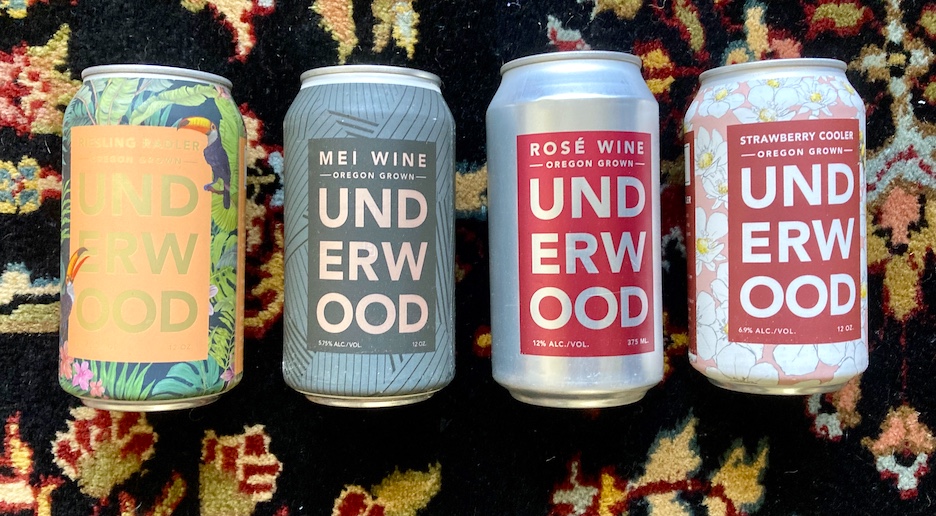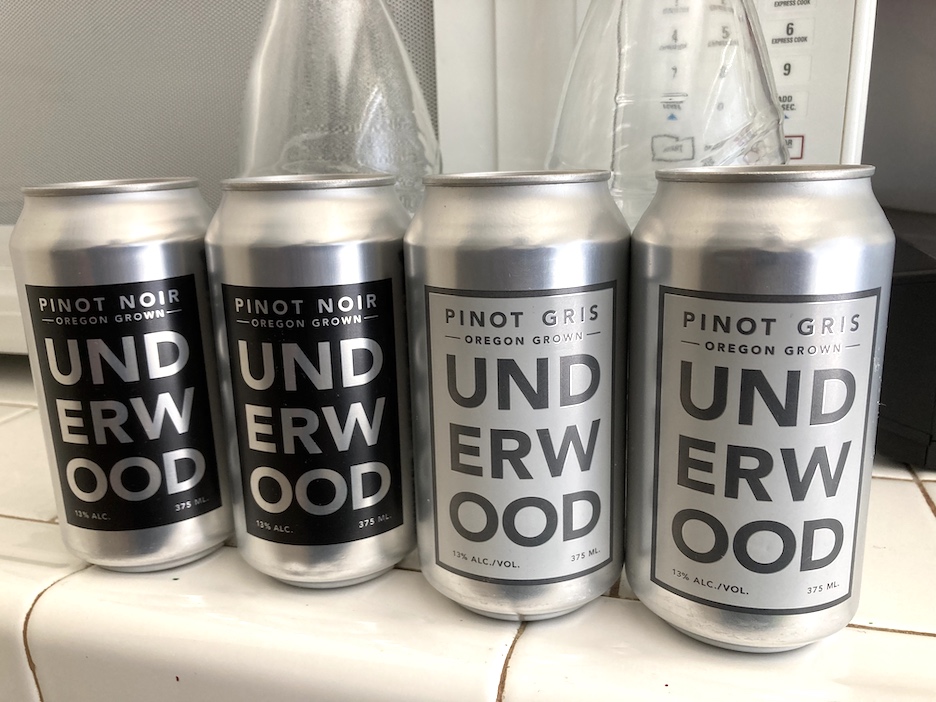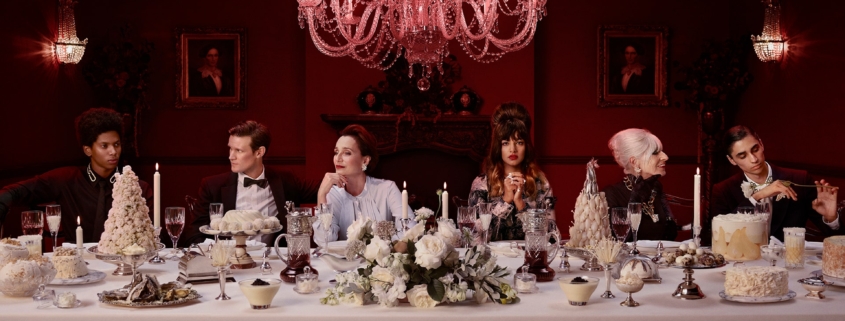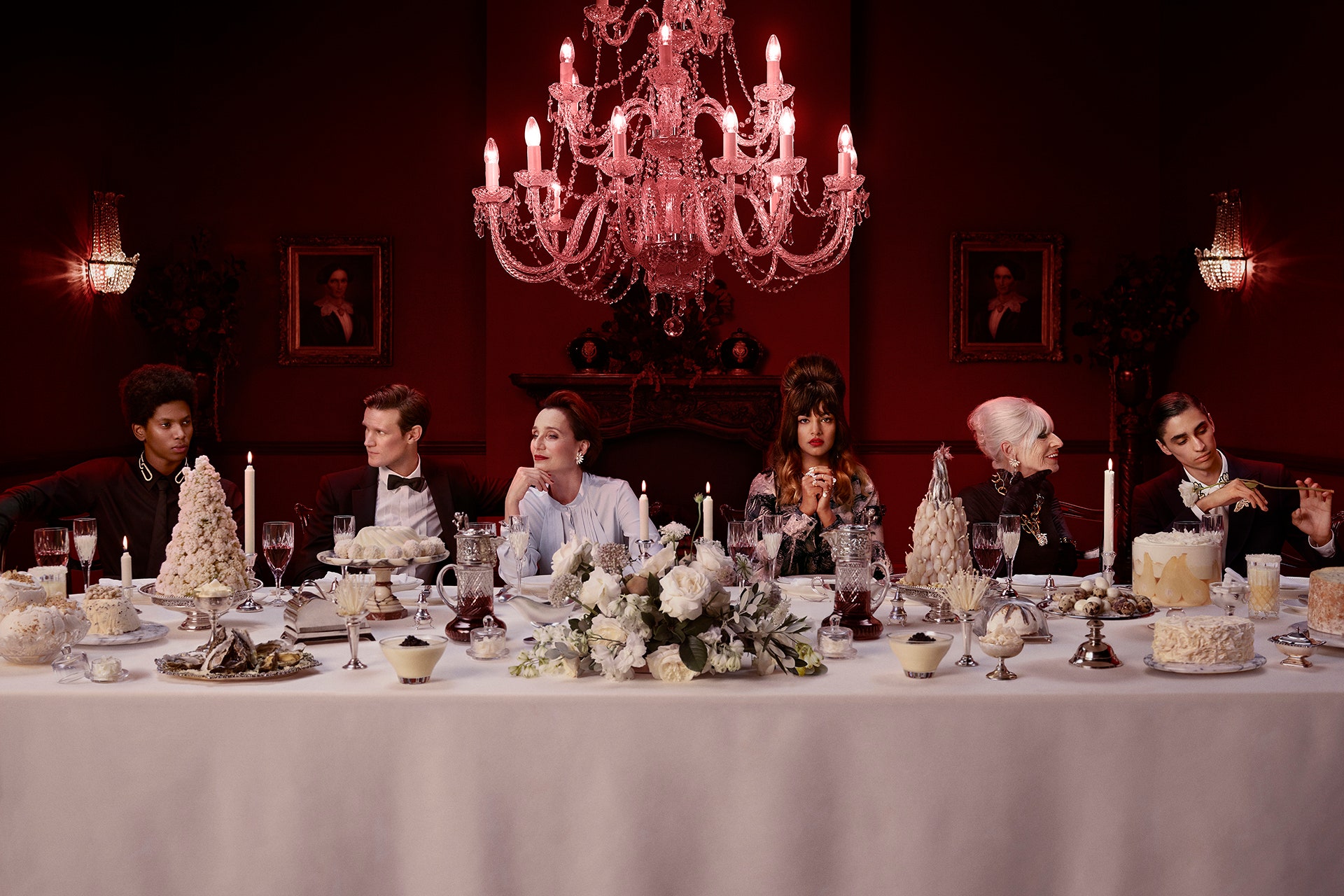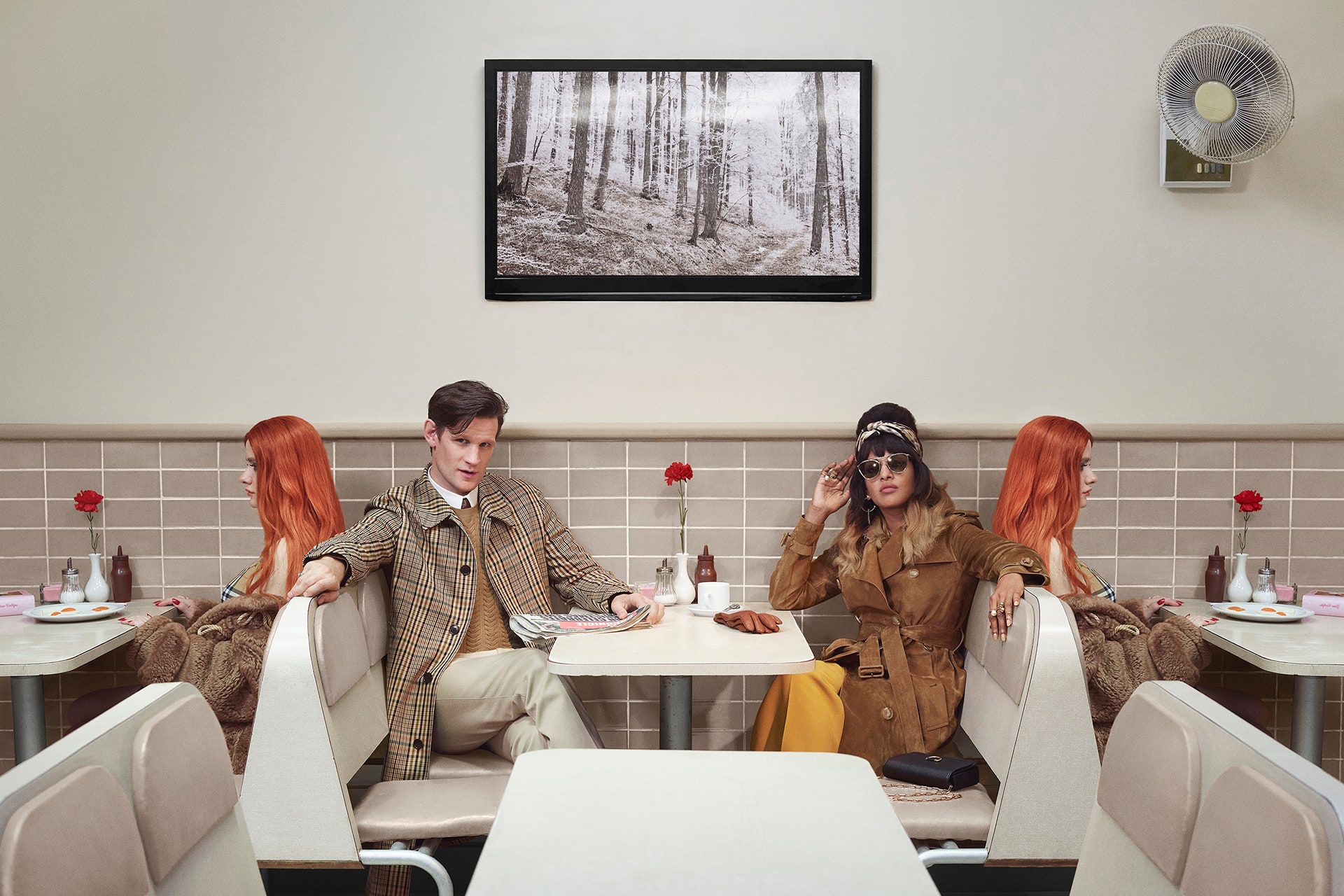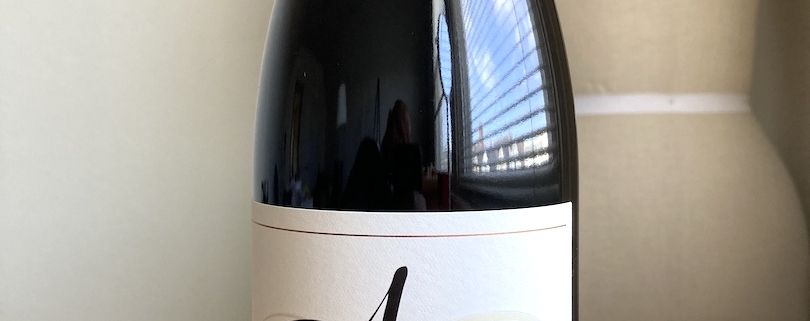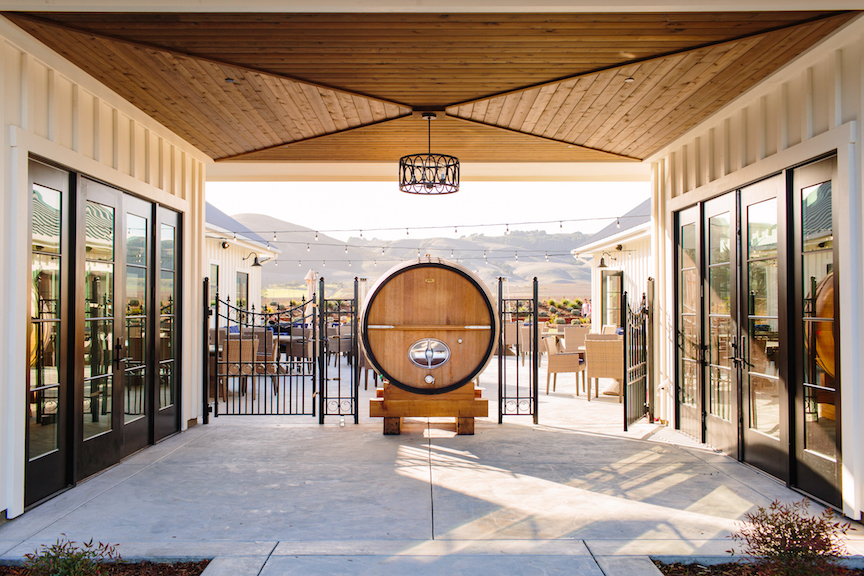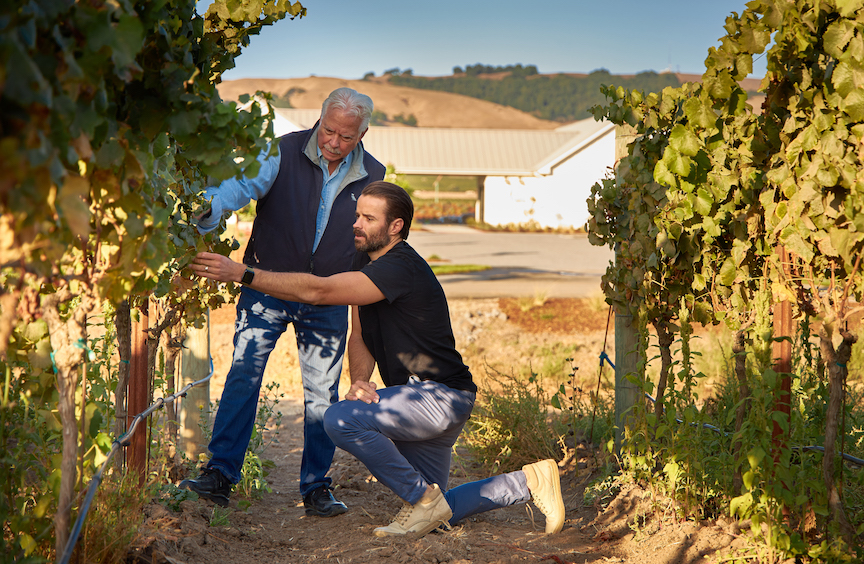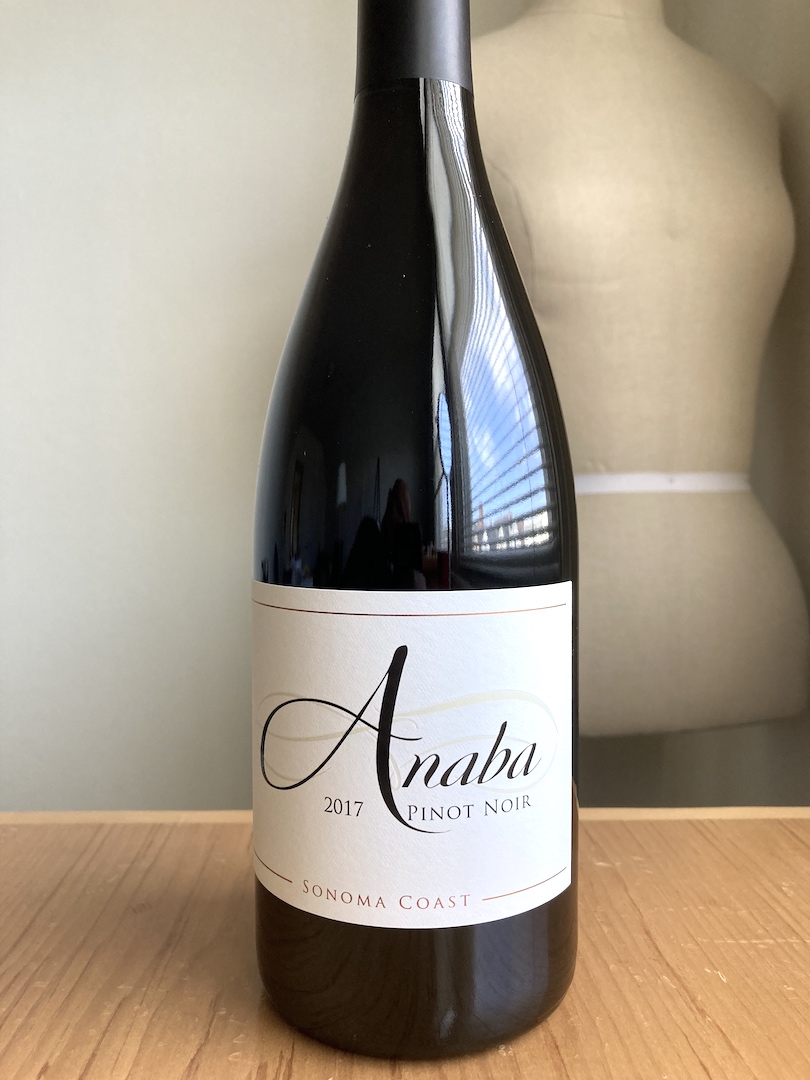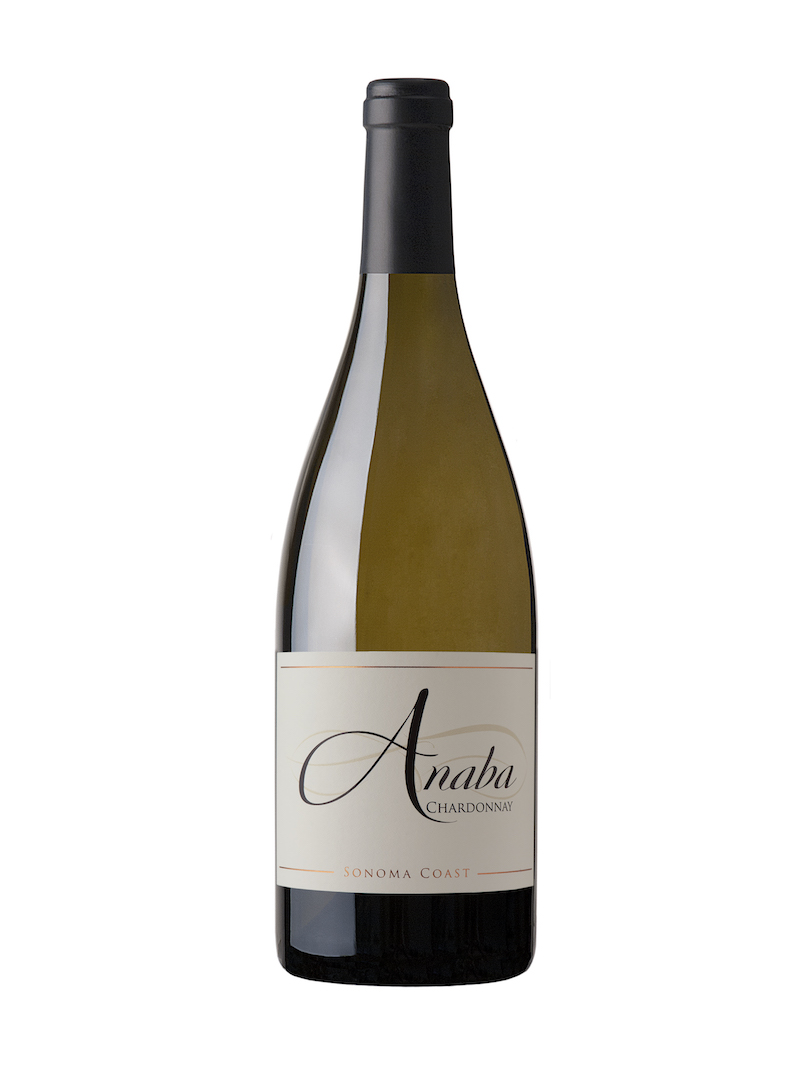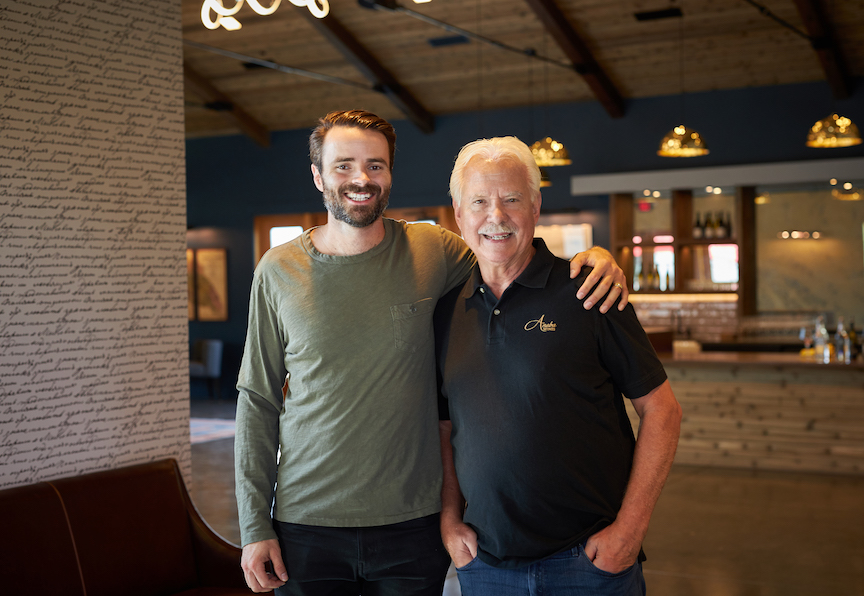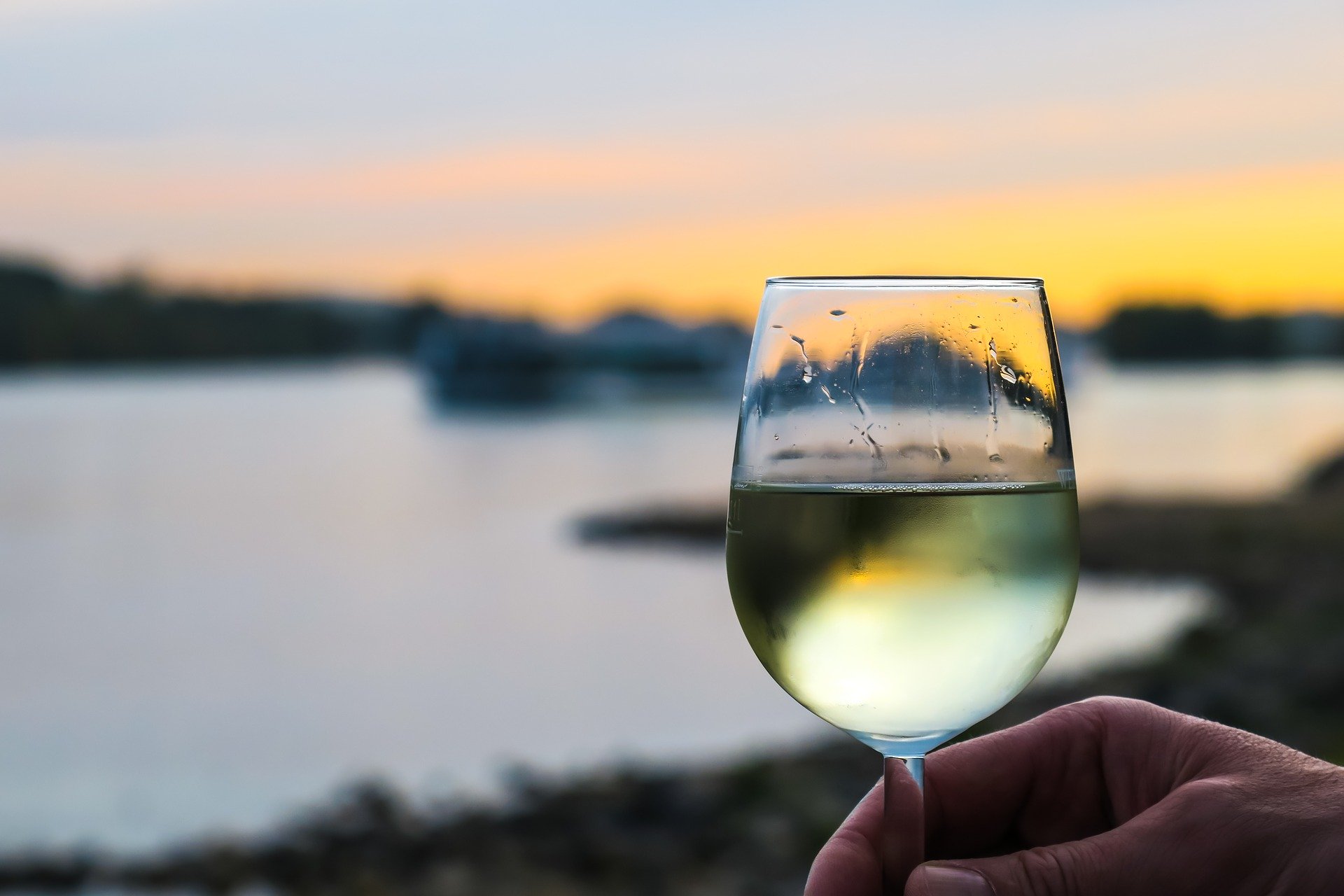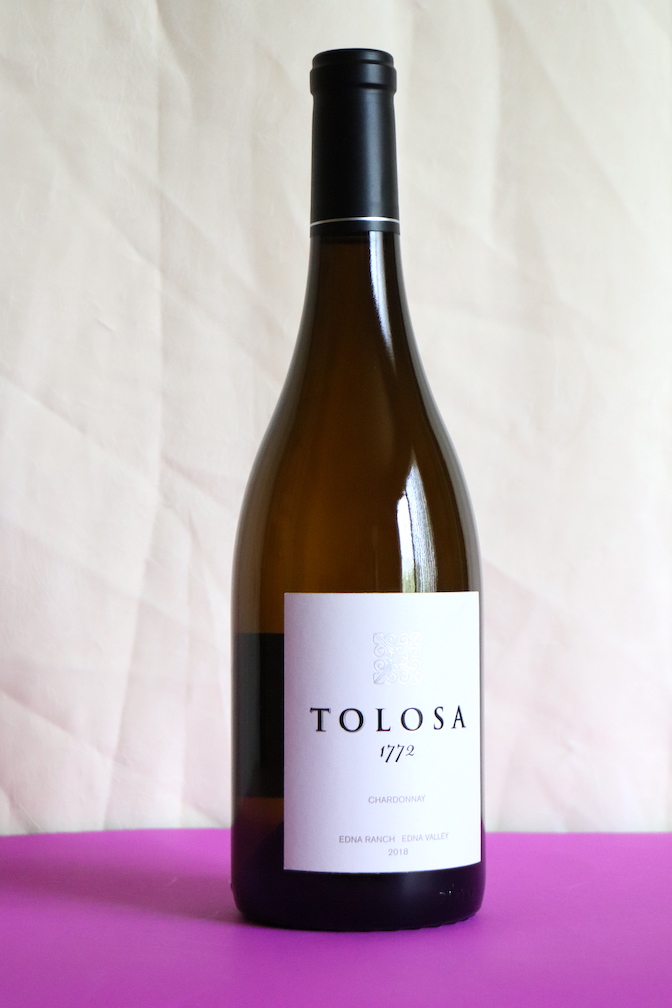RECIPE: Farro with White Beans & Kale, from author Courtney Wade
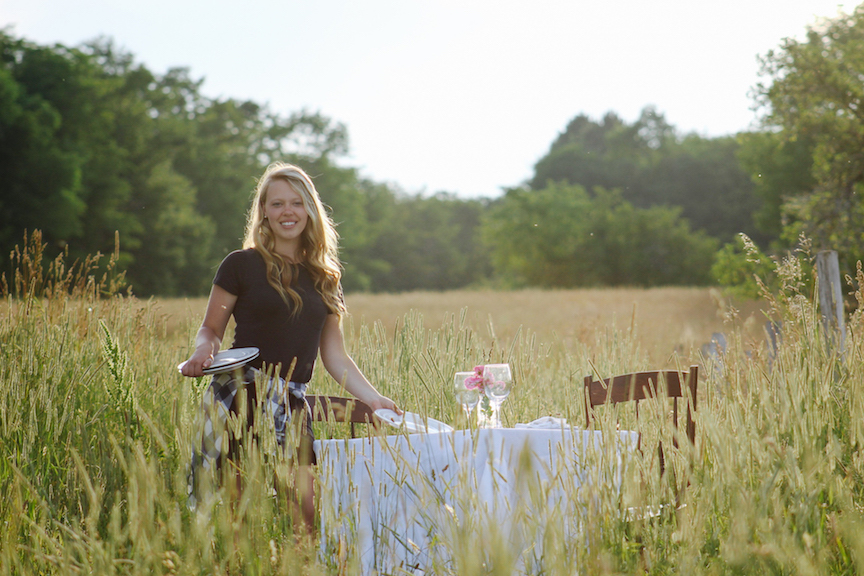
The Catskills is in the process of becoming one of New York State’s premier destinations for local food enthusiasts. From specialty farms to farmers markets and top restaurants, this unique foodshed is featured in an exciting new book from author Courtney Wade, The Catskills Farm to Table Cookbook.
The Catskills Farm to Table Cookbook highlights the region, offering glimpses of delicious recipes and breathtaking photography which will take you on a journey of upstate New York and bring these flavors to your very own kitchen.
Courtney shares with us her Catskills-influenced recipe for Farro with White Beans & Kale, from The Catskills Farm to Table Cookbook.
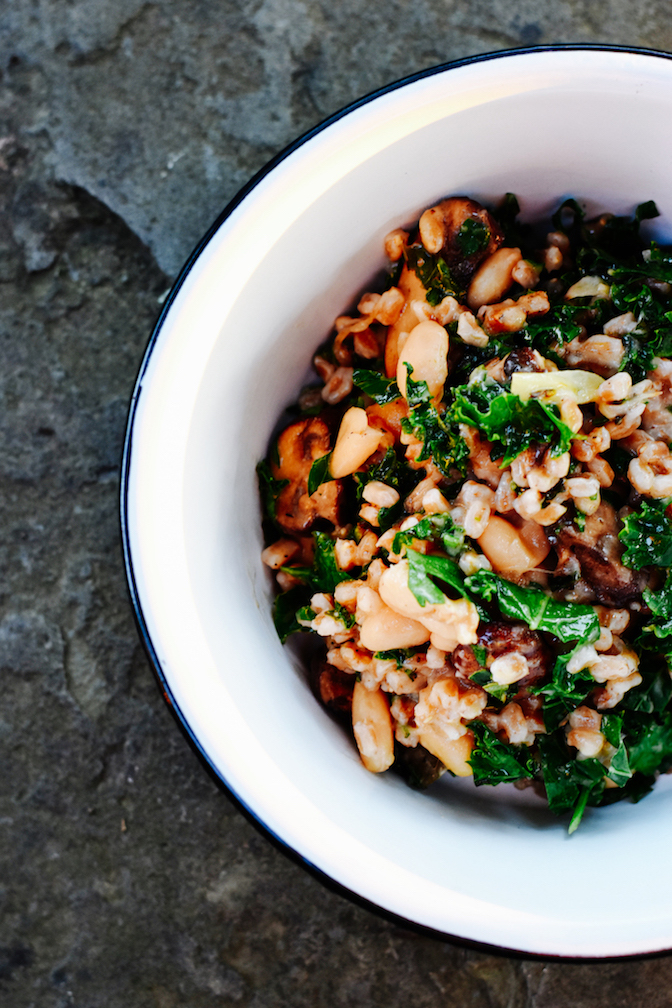
Farro with White Beans & Kale
Serves 4
Ingredients
1 cup dry farro
3 cups chicken or vegetable stock (store-bought or see note below*)
1 (15-ounce) can white beans, rinsed
1 bay leaf
½ cup Gruyere cheese, shredded
3 tablespoons grated Parmesan cheese
4 teaspoons olive oil
8 ounces baby Bella mushrooms, sliced
¼ cup shallots, thinly sliced
3 cloves garlic, minced
4 cups chopped kale
½ teaspoon salt
½ teaspoon pepper
2 tablespoons chopped fresh parsley
Directions
In a medium saucepan, bring farro, stock*, and bay leaf to a boil over medium-high heat. Reduce heat to medium-low and let simmer until grains are tender but still chewy, about 30 minutes.
Stir beans into hot grains. Add cheeses and stir until melted. Cover and keep warm. Meanwhile, in a medium skillet, heat 2 teaspoons olive oil over medium-high heat. Add mushrooms and cook until browned on both sides, about 6 to 8 minutes. Transfer to a bowl.
Add the remaining olive oil to skillet and cook shallots and garlic, stirring, about 30 seconds. Add the kale and cook, stirring frequently, until wilted, about 3 minutes. Season with salt and pepper. Stir the kale, mushrooms, and parsley into the farro and serve.
*Note: Store-bought chicken or vegetable stock will work just fine, but definitely taste as you use for saltiness. If you would like to create your own stock, check out my recipe below (which will create more than you need for the recipe above).
Chicken Stock
Makes 4 quarts
Ingredients
Carcass of 1 roasted chicken
1 onion, chopped
4 celery stalks, chopped
3 carrots, chopped
1 cup asparagus ends
1 tablespoon peppercorns
3 sprigs thyme
8 sprigs parsley
3 sage leaves
2 bay leaves
6 quarts cold water
Directions
Combine the carcass with all the ingredients in a large stockpot. Cover the chicken with water; note that more may be needed to fully cover it. Bring to a boil, cover, then reduce heat and allow to simmer. Cook stock for 12 to 14 hours, adding more water if needed, to keep chicken submerged. Remove the foam that forms at the top of the stock. Strain the stock, discarding the solids, then pour into jars that can be stored, refrigerated, or kept in the freezer for up to 6 months.
About Courtney Wade
Courtney Wade is a chef, photographer, influencer and graphic designer who lives on a farm in upstate New York. Her unique perspective and dazzling photography bring this must-have collection of recipes and stories to life.
THE CATSKILLS FARM TO TABLE COOKBOOK
Written by Courtney Wade
978-1-57826-842-9, $20.00 paperback
978-1-57826-843-6, $12.99 ebook
Published by Hatherleigh Press.
Distributed through Penguin Random House.
Available wherever books are sold.
www.hatherleighpress.com

